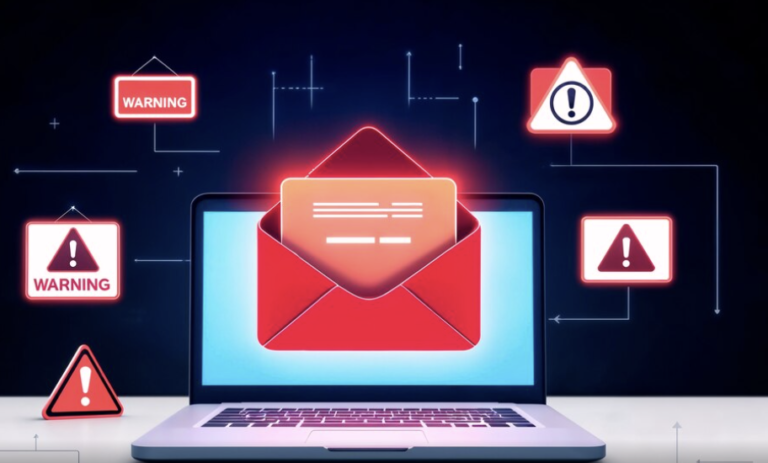best android ransomware tool How It Affects your Device
today we are going to learn how to android ransomware works wit step by step and this tool name is sara which is use only educational purpose
What is Android Ransomware?
Ransomware is a type of malicious software or tool (malware) that restricts access to a device or its data, often encrypting files or locking users out of their entire system. The attacker then demands a ransom money in exchange for restoring access ang give the password of encrypt data. Android ransomware works similarly but is specifically designed to target devices running the Android operating system.
Ransomware on Android devices can manifest in various forms, including apps that masquerade as legitimate applications, malicious links, or fake system updates. Once the malware is installed, it can encrypt files, lock the screen, or steal sensitive information, all while demanding payment in cryptocurrency bitcoin to restore normal functionality.
What is the Sara Android Ransomware?
Sara is a particularly dangerous Android ransomware tool that has been reported in various cybercrime forms. It operates by locking the device’s screen, encrypt the device data until the victim pays a ransom. Sara is typically distributed through malicious apps or APK files, often disguised as popular games, utility apps, or system updates.
Once installed, Sara takes control of the victim’s phone, encrypting their data or locking the screen. The ransomware will then display a ransom note, demanding a payment (often in Bitcoin or another cryptocurrency) to unlock the phone or decrypt the files. In some cases, the malware may also threaten to delete the files permanently if the ransom isn’t paid within a specific timeframe.
How Sara Ransomware Works-Android Ransomware
1.This tool works in Termux and kali linux you need to clone this tool from github
SARA is a simple tool to create Trojan or Ransomware for Android devices

Disclaimer
This tool is made for education purpose only, the author is not responsible for any loses or damage caused by this programs
Installation
- Kali Linux, Ubuntu, Debian, Termux



How to Protect Yourself from Sara and Other Android Ransomware
While the Sara ransomware is a growing threat, you can take several steps to protect your Android device from ransomware and other types of malware:
1. Avoid Installing Apps from Unofficial Sources
The most common method of distributing Android ransomware like Sara is through unofficial third-party app stores or suspicious APK files. Always download apps from trusted sources like the Google Play Store. Even then, be cautious about the permissions an app asks for.
2. Check App Permissions
Before installing an app, carefully review its permissions. If an app requests unnecessary or excessive permissions (e.g., access to your contacts, camera, or location when it shouldn’t need them), it may be a red flag.
3. Use Antivirus Software
Installing reliable antivirus software on your Android device can help identify and block malicious apps before they cause harm. Popular options include Avast, Bitdefender, or Kaspersky Mobile Antivirus.
4. Regularly Update Your Device
Android often releases security patches to fix vulnerabilities that can be exploited by ransomware and other malicious software. Keep your device’s operating system and apps up to date to ensure you have the latest security fixes.
5. Back Up Your Data
Regularly back up your important data to the cloud or an external device. In case your device becomes infected with ransomware, you’ll still have access to your files and won’t risk losing valuable information.
6. Enable Google Play Protect
Google Play Protect is an in-built feature on Android that scans apps for suspicious behavior. Make sure it’s activated to provide an added layer of protection when downloading apps from the Play Store.
What to Do if You’re Infected with Sara Ransomware
If you suspect that your device has been infected with Sara ransomware, take the following steps:
- Disconnect from the Internet: Turn off your Wi-Fi or mobile data to prevent the attacker from communicating with your device.
- Don’t Pay the Ransom: Paying the ransom doesn’t guarantee that your data will be restored, and it encourages further cybercrime activity. Avoid this option if possible.
- Use Antivirus Software: Run a full scan using your antivirus app to detect and remove the ransomware.
- Factory Reset: As a last resort, performing a factory reset on your device can remove the ransomware, but it will also erase all of your data. Be sure to back up your important files beforehand.






